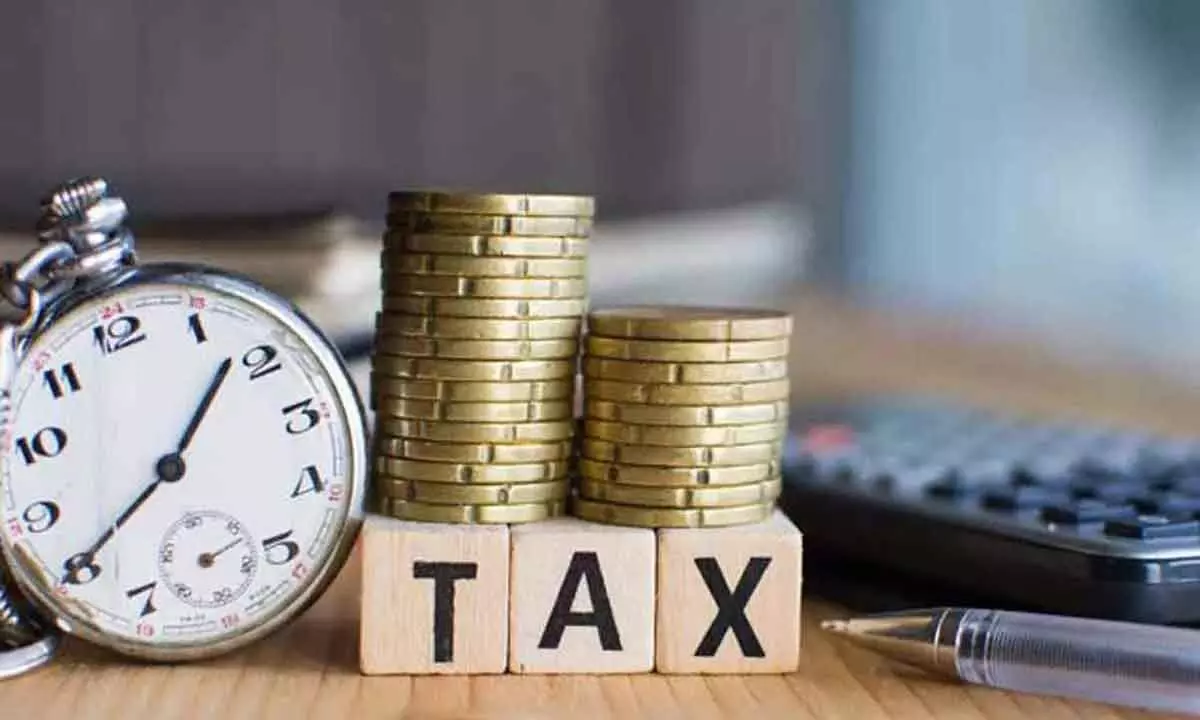States’ tax collections can be improved by way of tax reforms
image for illustrative purpose

The recently released RBI’s annual study of State finances reveals pain points of states’ budgets. It emphasizes the need for tax reforms to improve States’ tax collections, amidst rising dependence on Central tax devolution. At present, state finances are dictated by healthy revenue growth, muted revex and frontloaded capex mirroring the Centre’s fiscal behavior ahead of the upcoming Lok Sabha elections. An analysis shows that states are in line to meet their FY24BE fiscal deficit target of 3.1 per cent of GSDP, while FY24 gross borrowing is estimated at Rs. nine trillion, Rs. 500 billion lower than the budgeted figure.
The report emphasizes the need for tax reforms and better administration to generate higher revenue for states, given how their own tax revenue to GSDP ratio has been stuck in the 6-7 per cent range over the last decade or so. However, while the RBI report, which was released a few days ago, claims that states’ reliance on devolution from the Centre has decreased post-GST, a comparison with a longer period pre-GST shows that this is not the case.
Nevertheless, OTR buoyancy has increased, driven by GST adoption and improved tax compliance, and the post-pandemic economic revival. Their econometric analysis shows that states’ tax effort, has averaged 0.81 over the last two decades - a reasonably high ratio while being still below potential. Several states have reset stamp duty rates, changed the fair value of land parcels and introduced digital stamping of documents, while excise duties and other fees on liquor have also been raised. Motor vehicle taxes have also seen reforms, while GST collections are being augmented by implementing technology and data analytics to plug leakages, and making e-invoicing mandatory. This is in line with our analysis of state finances earlier this year where Emkay Global had highlighted threats to States’ revenue in the short and medium-term, which could be addressed and mitigated via reforms.
This is especially key for resource-rich states (OD, CG, JH), which have a large share of non-tax revenue coming from mining. Reforms undertaken so far include e-auctions of mining leases, royalty revisions, land monetization, and improved financial management of State PSUs, with under-recoveries by DISCOMs falling over the last couple of years.
The study also devotes a section to exploring the vertical fiscal imbalance in India or the fact that major revenue collection powers reside with the Centre, while States bear a larger chunk of responsibility for expenditure. In this context, it is notable that the RBI has flagged the structure of the Centre’s total transfers to states.
This is a trend analysts had already highlighted earlier this year, and when seen in conjunction with the continued higher reliance on devolution by states, it raises risks for states’ revenue going forward. The RBI acknowledges this as well, with its assessment being that “States need to augment their own fiscal capacity and reduce dependence on transfers.”

